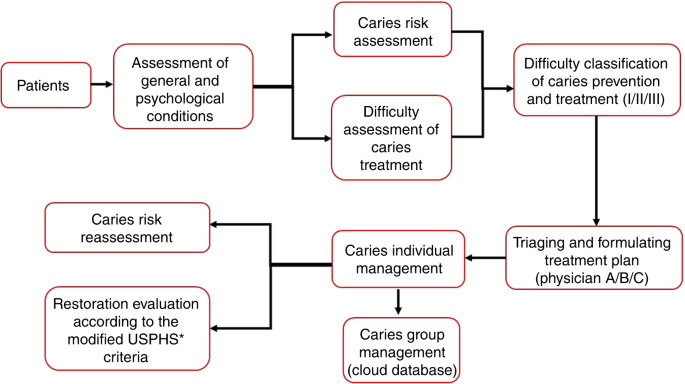Abstract
Objectives
This study aimed to investigate the periodontal condition when patients became self-responsible for the continuation of periodontal care, after non-surgical periodontal therapy and 2 years of Supportive Periodontal Therapy (SPT).
Materials and methods
Fifty-seven patients completed a previous 2-year SPT study and were afterward advised to seek for dental assistance for maintenance care. After 4.2 ± 0.45 years of self-responsibility for periodontal care (SRPC), 27 patients could be re-examined of which 9 patients had followed the advice to turn to a dental professional for SPT care. Visible Plaque (VPI), Gingival Bleeding (GBI), Periodontal Probing Depth (PPD), Bleeding on probing (BOP), and Clinical Attachment Loss (CAL) were obtained from SPT study: before and after non-surgical treatment, and after 2 years of SPT. The same parameters were reassessed for the present study. General linear models for repeated measures were used for data analysis.
Results
At the end of the SRPC period, mean GBI, BOP, and PPD values (43.5%, 55.7%, 2.76 mm, respectively) were back to pre-treatment, whereas VPI (64.3%) and CAL (3.76 mm) became significantly higher. The percentage of sites with PPD ≥5 mm as well as sites with CAL ≥4 or ≥5 mm also returned to pre-treatment values. However, the percentage of sites with PPD ≥4 mm was still significantly lower compared to pre-treatment values but higher than after 2 years of SPT.
Conclusions
Self-responsibility for the continuation of periodontal care after professional treatment should be avoided.
Clinical relevance
Clinicians and specialists must be conscious of making all efforts to maintain the patient's frequent recalls.




